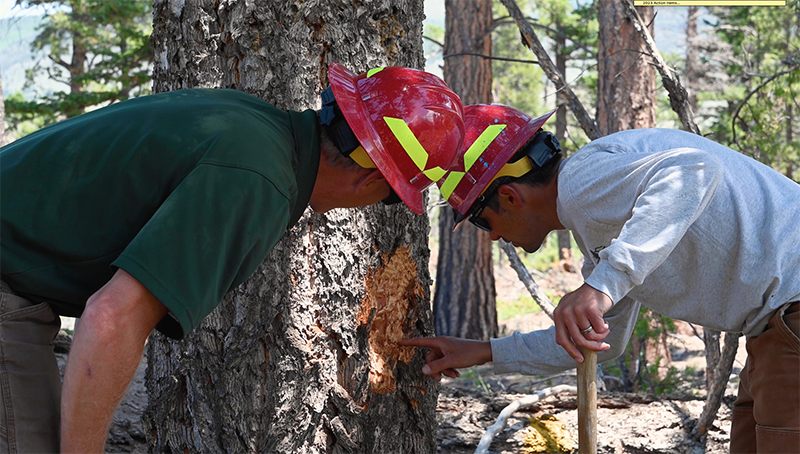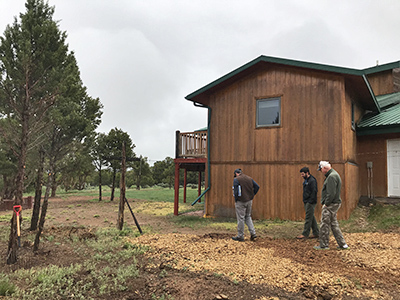
Funds Available for Outreach to Colorado Residents in High Wildfire Hazard Areas
The Colorado State Forest Service is now accepting applications for the new Wildfire Mitigation Outreach grant program. Local governments, Tribal agencies or programs, or nonprofit organizations may apply for a grant to support outreach among landowners in high wildfire hazard






